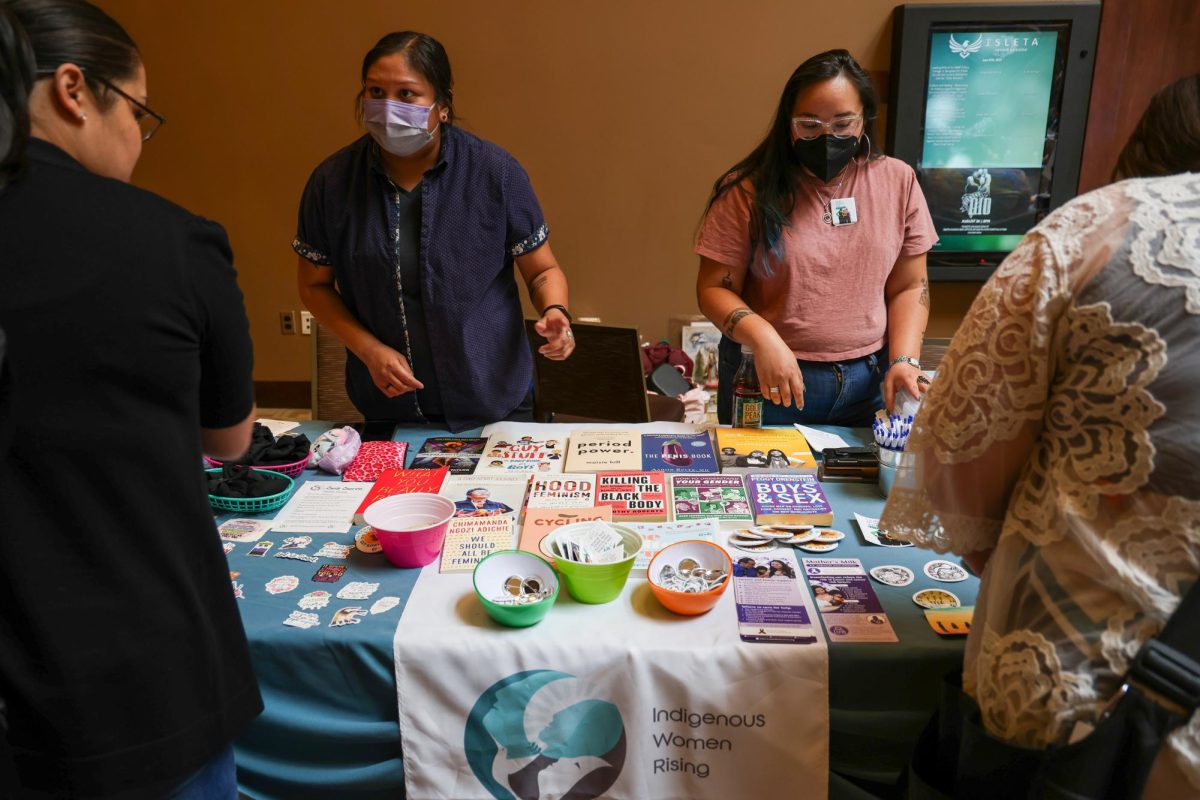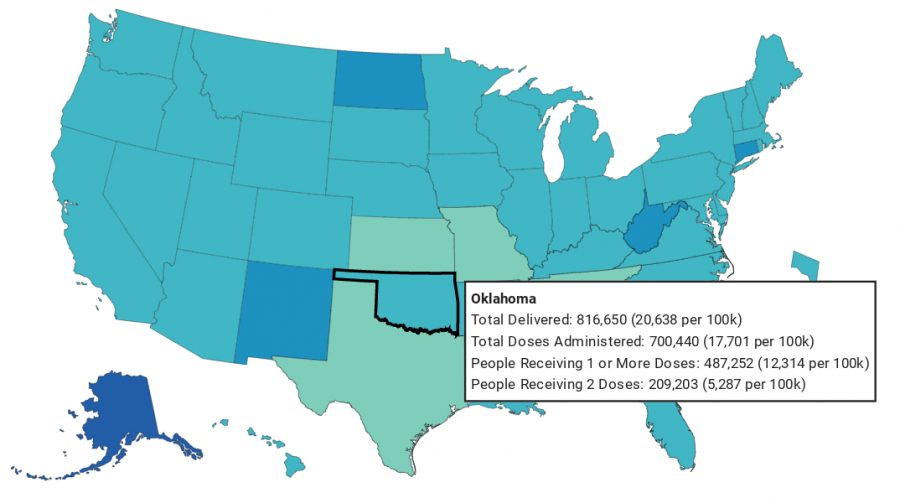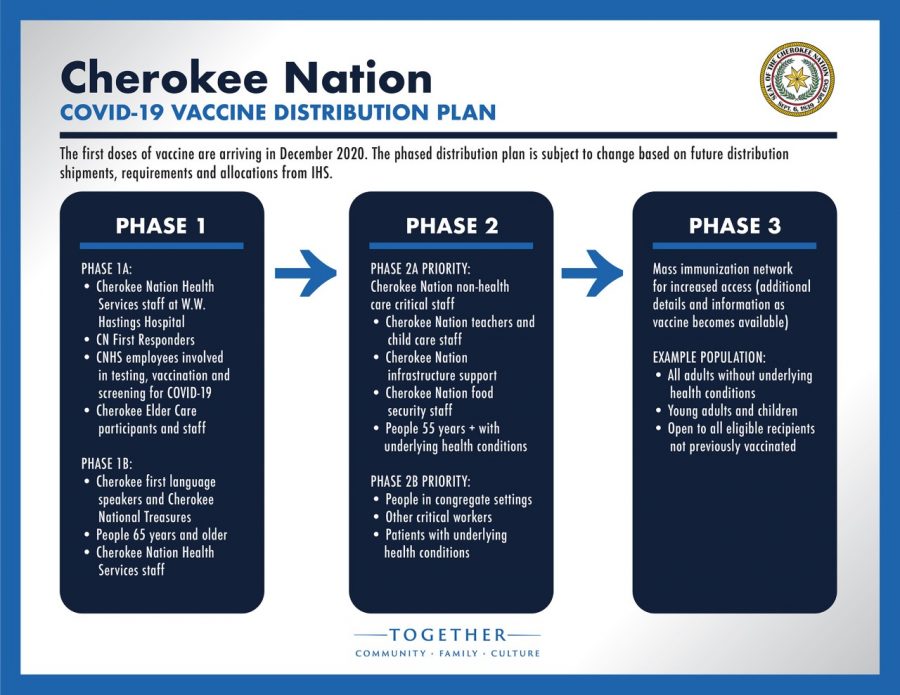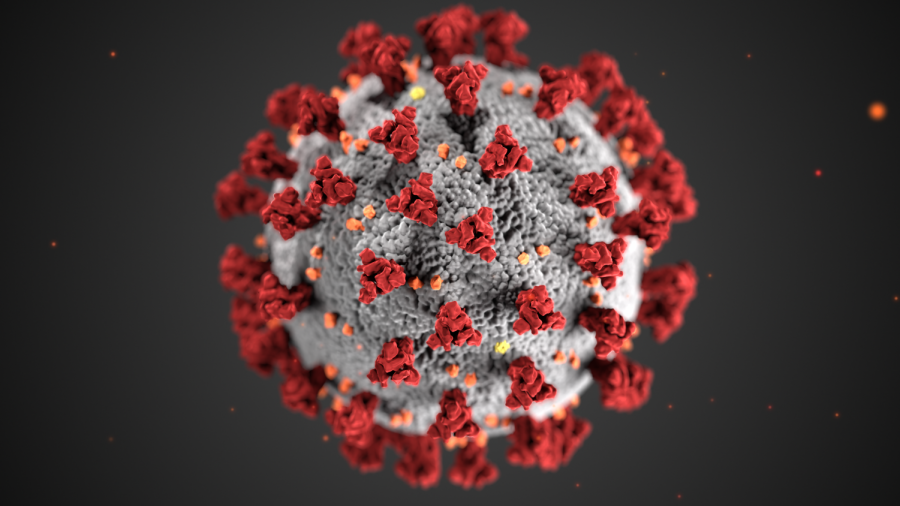WASHINGTON — A 2018 farm bill may be close to completion as the two houses of Congress have mostly resolved their division over work requirements for food benefits and are moving forward with the legislation.
The bill, sent in August to a conference committee that included representatives from the Senate and the House, could be back to a full vote from the Senate and the House by late next week, said Frank Lucas, U.S. representative for Oklahoma’s third district.

“Many of us really, really want to have the farm bill out of the legislative process in the House and the Senate before we get to the final push next week on the funding of the rest of the federal government that’s not been funded so far for the remainder of this fiscal year, which will run through the end of September 2019,” Lucas said.
“We want to be done before that because there are elements in there — the president’s priorities on border security, different attitudes in both chambers about spending on different things — we want to be done before we slam into that circumstance,” he said.
Lucas said he estimates the bill will be out of the committee by Tuesday or Wednesday, at which point it will move back into each chamber of Congress. Lucas said he expects the Senate, which will vote first on the bill, to pass the legislation “overwhelmingly,” and that the House will likely pass the bill through a “coalition of Republicans and Democrats” that won’t include very conservative or very liberal representatives.
The main issue that held the bill up in the conference committee were the stricter work requirements and restrictions House Republicans wanted to implement for those receiving Supplemental Nutrition Assistance Program (SNAP) benefits. Lucas said he believes the final bill will include “a minimal amount of reform” on those benefits.
Some of the suggested reforms would have mandated that all able-bodied adults up to age 60 be subject to federal work requirements (20 hours a week of work or job training) to receive SNAP benefits. These requirements, alongside a few other new guidelines, were estimated to eventually cause 2 million SNAP recipients to receive reduced benefits or stop receiving them altogether. In Oklahoma alone during fiscal year 2017, 385,183 households relied on SNAP benefits, according to the Oklahoma Policy Institute.
These requirements had passed in the House’s version of the farm bill in June because House Republicans backed them, but hadn’t come up in the Senate’s version of the bill, and had received negative feedback from House Democrats. House Republicans “were pushing these reform efforts essentially by ourselves,” Lucas said, and eventually some realized the need to prioritize other farm bill benefits over the potential reforms.

“Something like 75 percent of the spending this time will be on the feeding programs. That other 25 percent — the commodity title, crop insurance, research, rule development, conservation — those are the programs that make sure we can raise the food and fiber we need,” Lucas said. “Those are the programs that sustain the economic base in rural America. You can’t throw away the ability to feed our fellow neighbors and clothe them because you don’t get your way on the other side of the ledger, so to speak.”
This farm bill will cover the next five years, Lucas said. Aside from funding programs to fight food insecurity, the bill also covers crop insurance, conservation programs, commodity titles and price protections, among other things. Lucas said Oklahomans can expect most of the provisions around crop insurance and commodity title options to stay the same as they were in the last farm bill.
While the 2014 farm bill expired two months ago, provisions covering specific crops will continue to cover those crops through their crop year and harvest, Lucas said.
“A lot of times people think farm bills are only for folks who need food help and they’re only for the folks who raise the food,” Lucas said. “The bottom line is every consumer in the United States and around the world… eats cheaper, safer, more consistently, than any consumer in the history of the world, and that’s thanks to the miracle of modern agriculture, and that’s why we have to keep that miracle functioning, why we need a 2018 farm bill.”







